Advancements in Micronutrient Research
From the Preface: The treatise Advancement in Micronutrient Research is a summary of important new findings on trace elements nutrition and interactions and of basic and applied needs in microelement nutrition. It also provides a useful perspective of important progress and fruitful research opportunities.
For new workers in this field, a specialized book on micronutrient research consisting of manifold information and references has been realized to be extremely important to quickly learn above the total area of trace element nutrition including the hardly known trace elements and obtain help in a precise manner including genetic materials needed for research.
Contents: Preface. I. General overview on the development of trace element research/Istvan Pais: 1. Introduction. 2. Criteria of essentiality and beneficiality. 3. Criteria of toxicity. 4. The importance of trace elements in environment. 5. Interrelationships among different elements. 6. The concept of the interdisciplinary trace-element research. References. II. The importance of hardly known trace elements/Istvan Pais: 1. Introduction. 2. The physiological importance of titanium. 3. Beneficial effects of gallium. 4. Beneficial effects of zirconium. 5. Summary. References. III. Some insights in the determination of selenium in biological and environmental samples by graphite furnace atomic absorption spectrometry/A. Javier Aller: 1. Introduction. 2. Determination of selenium by GFAAS. 3. Conclusions. References. IV. Overview of the determination of beryllium in environmental and biological samples by atomic absorption and atomic emission spectrometries/A.J. Aller: 1. Introduction. 2. Handling of samples. 3. Calibration methods. 4. Appraisal of the atomic methods for the determination of beryllium. 5. Analytical figures of merit. 6. Conclusions. References. V. Mineral requirements of the free-living and symbiotic cyanobacteria, with special reference to micronutrition, for raising laboratory cultures/A. Vaishampayan: 1. Introduction. 2. The nutrient media. 3. Cyanobacteria as a phototrophic component in artificial associations with plant cells. 4. Conclusions and future prospects. References. VI. Legume/rhizobial interactions within the legume root nodule : role of the plastid in metabolic reactions involving iron nutrition/James A. Guikema, William R. Odum and Peter P. Wong: 1. Introduction. 2. Iron acquisition and storage. 3. Leghemoglobin biosynthesis. 4. Leghemoglobin oxidation and reduction. 5. Summary. References. VII. Physiological and biochemical significance of zinc nutrition in plants/A. Hemantaranjan: 1. Introduction. 2. Zinc uptake mechanism and distribution in plants. 3. Zinc and plant metabolism. 4. Interactions with other nutrients. 5. Conclusions. References. VIII. Micronutrients--biochemical and physiological activities/Indravadan Chhelshankar Dave: 1. Introduction. 2. Bioinorganic aspects of micronutrients--a brief survey. 3. Recent advancements in biochemical physiology of boron, copper, iron, manganese and zinc. 4. Concluding remarks. References. IX. Physiology and biochemistry of micronutrient elements/S.C. Agarwala and Chitralekha Chatterjee: 1. Introduction. 2. Iron. 3. Manganese. 4. Copper. 5. Zinc. 6. Molybdenum. 7. Boron. 8. Chlorine. 9. Cobalt. 10. Nickel. 11. Sodium. 12. Iodine. 13. Aluminum. 14. Silicon. 15. Vanadium. 16. Cadmium. References. X. Vesicular-arbuscular mycorrhizae and micronutrient nutrition/Susan B. Persad-Chinnery and Louis E. Chinnery: 1. Introduction. 2. Boron. 3. Zinc. 4. Copper. 5. Manganese. 6. Molybdenum. 7. Conclusions. References. XI. Micronutrient stress and genetic variability/Indravadan Chhelshankar Dave: 1. Introduction. 2. Nutrient stress in crops and other plants. 3. Stress and genetic variability. 4. Current status of micronutrient stress and genetic variations in plants. 5. Conclusions. References. XII. Techniques in micronutrient research/S.C. Agarwala and Chitralekha Chatterjee: 1. Introduction. 2. Culture methods. 3. (i). Atomic absorption spectrophotometry. 3. (ii). Inductively coupled plasma analyser. 4. Latent deficiency of micronutrients. 5. Physiological and biochemical methods for identifying of micronutrient deficiency in fields. 6. Spectrophotometry. 7. Microscopy. 8. Isolation and characterization of cellular macro-molecules. 9. Radioactive isotopes. 10. Enzyme studies. References. Index.
Get it now and save 10%
BECOME A MEMBER

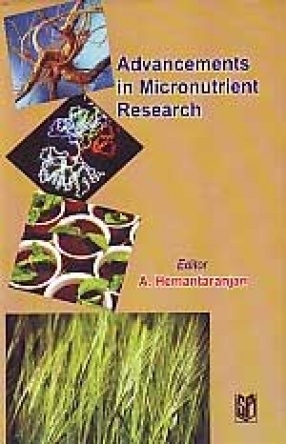
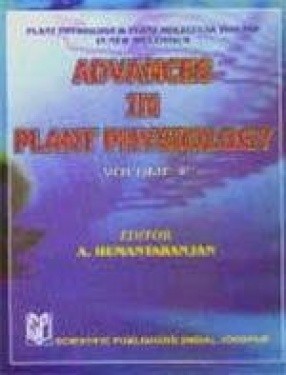

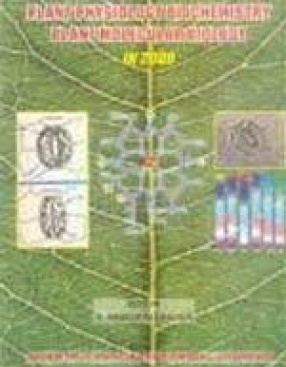
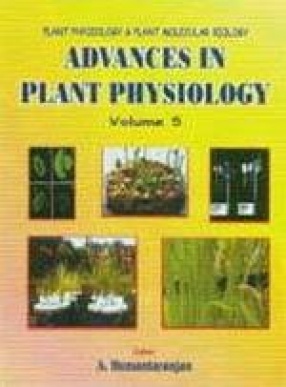
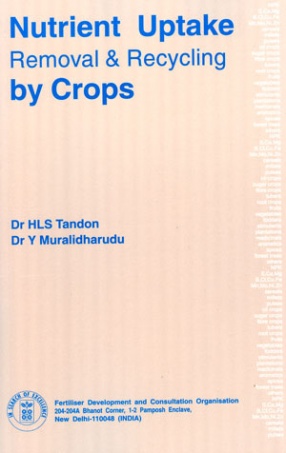
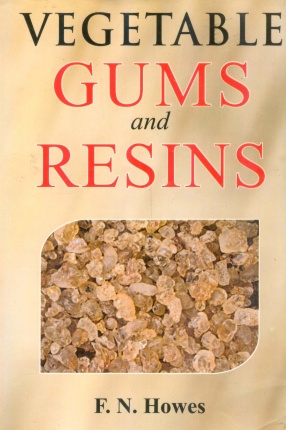
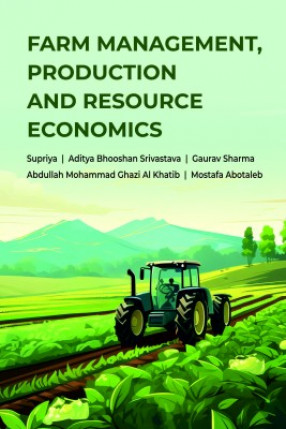
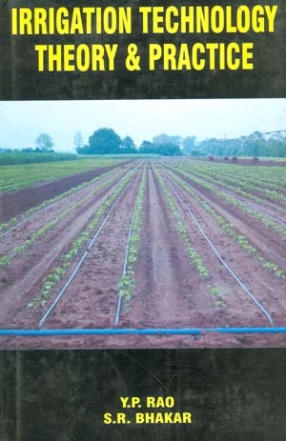

Bibliographic information